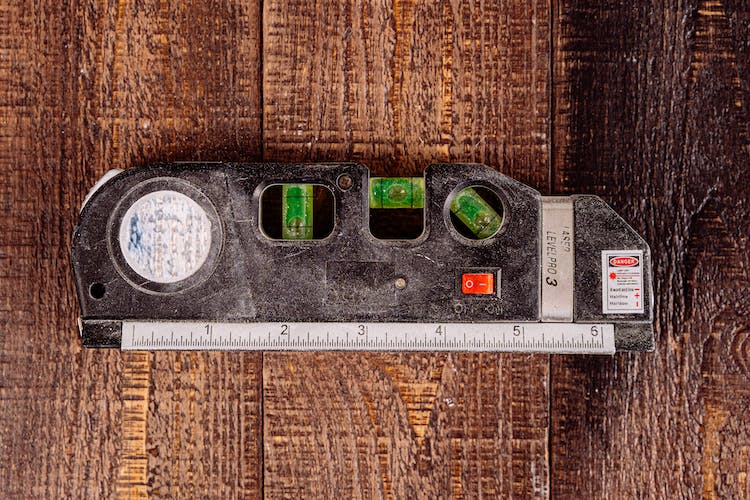As responsible users of laser cutters, we must make sure to adhere to the safety guidelines put in place to keep both ourselves and those around us safe. This article will provide an overview of the laser cutter safety guidelines and explain why these are important to follow.
Laser Cutter Safety Guidelines
Pre-Machining Checklist
As a user of a laser cutter, safety should always be of utmost importance. Before getting to work with your laser cutter, it is essential to follow a pre-machining checklist of safety precautions. This checklist will help ensure that everyone in the area is safe from potential hazards and that the laser cutter is running smoothly.
The first and most important step is to double check that the laser cutter is properly connected to the power source and that all safety guards are in place.
Types of Hazards
When it comes to laser cutters, safety is a top priority. These powerful tools can create precision cuts with ease but can also be hazardous if proper safety precautions have not been taken. Understanding the types of common hazards associated with laser cutters can help you avoid injury and keep your work environment safe.
The most obvious hazard associated with laser cutters is the laser itself. Laser beams can be extremely powerful and can cause substantial damage to human tissue.
Handling and Operating Instructions
When it comes to handling and operating a laser cutter, safety should be your absolute priority. Laser cutters use strong beams of light to cut intricate and precise shapes into a variety of materials, and can cause serious injury if not used correctly. To ensure your safety and the safety of those in your working space, it’s essential to adhere to specific safety guidelines when operating and handling a laser cutter.
Before beginning, all operators should read the manufacturer’s manual and any additional safety guidelines established in the workplace.
Inspections and Maintenance
Inspections and maintenance of laser cutters is one of the most important aspects of following laser cutter safety guidelines. Before any work begins with a laser cutter, it is important to make sure all parts of the machine are in good working order and that all safety guidelines are followed. Ensuring that all safety guards, doors, and interlocks are working correctly is an important part of the inspection process.

What are the hazards of using a laser cutter?
Using a laser cutter can be a great way to bring your creative ideas to life, but it can also be hazardous if safety precautions are not taken. Laser cutters create laser beams that are highly concentrated and precise, making it capable of burning, cutting, or melting materials. The most common hazard from using a laser cutter is exposure to the laser beam itself.
The laser beam can cause damage to the eyes, burns on the skin and lungs, and can cause fire if directed at flammable materials.

What materials are not allowed in any laser cutter?
When using a laser cutter, there are many safety precautions to follow to prevent personal injury, material damage, and damage to the machine. One of these safety precautions is to not use certain materials in the laser cutter. Different materials have several different levels of risk associated with them when using a laser cutter, so it is important to identify what materials are not allowed in a laser cutter and why.
Materials that are not allowed in any laser cutter include highly combustible materials such as paper, wood, and organic materials. These materials can easily ignite when exposed to the laser cutter’s high-power beam, releasing hazardous gases and causing the fire to spread.

Conclusion
Summary of Safety Guidelines
To conclude, there are a number of important safety guidelines to be aware of when operating a laser cutter. These safety tips include supervising the machine at all times, dressing appropriately, understanding the different laser classifications, and wearing the proper safety gear. It is also important to ensure that the machine is in good working order and that there are no hazards or combustible materials close by.
Additionally, it is important to follow all manufacturer guidelines and to avoid looking directly at the beam. If any of these safety protocols are not followed, serious injury or property damage can occur. By understanding and following all of these safety precautions, users can enjoy the many benefits of laser cutting while still remaining safe.
Resources and Further Reading
It is important for anyone looking to use a laser cutter to understand the safety guidelines and further resources available. In conclusion, laser cutters are a powerful and potentially hazardous tool requiring knowledge and care to ensure safe operation. Resources such as the manufacturer’s safety manual, safety class and safety gear should all be consulted before using this machine.
- Read and understand the manufacturer’s safety booklet before you operate the laser cutter.
- Wear safety goggles while using the laser cutter and ensure that the room or space is well ventilated.
- Make sure that all materials used in the laser cutter are listed for safe laser cutting.
- Always make sure that children, pets, and other personnel are not near the vicinity of the laser cutter when in use.
- The laser cutter must be connected to an approved ground fault circuit interrupter (GFCI) at all times.


